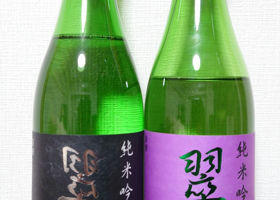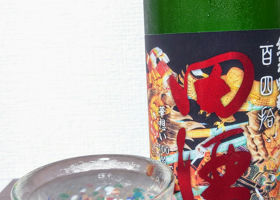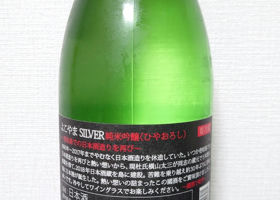

大木
The moment you open it, it pushes and has a fluffy fruity aroma.
When you put it in your mouth, you get a sense of fizz and apple? Pear? I thought it was sweet, but then the bitterness came in and went away quickly.
The sweetness doesn't last, and the aftertaste is a bit bitter, like citrus peel.
It is delicious.
(I opened it too late because I had a period of time when I couldn't drink alcohol. I wanted to drink nigorigo too.)
Postscript
The aroma became banana-like after 3 days of drinking (personal impression).
The sweetness is more pronounced than when it is freshly opened.
Japanese>English













































